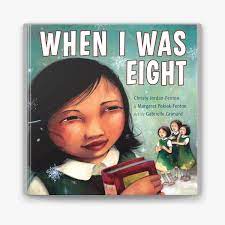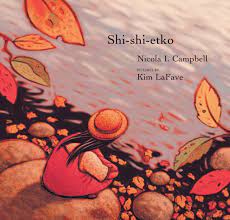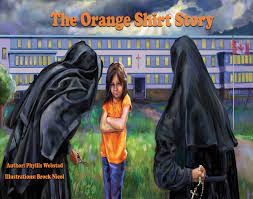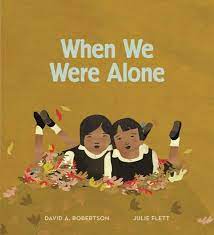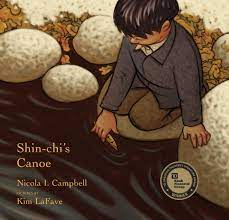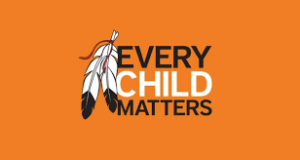Developing World Libraries
I started out this inquiry thinking about how our libraries in “developed” nations tend to weed books and sometimes donate them to developing countries. A year ago I would have thought this was perfectly acceptable. Now I am completely against this idea. The books are weeded because they usually are out-of-date, damaged or unpopular so that doesn’t change if they are given to another library. Students in developing countries have enough educational challenges without being given out-of-date reading materials. I learned that weeded brooks should end up in the dumpster or repurposed into a craft or something else.
I then set out to research how developing countries obtain books. This is what I found….
https://uil.unesco.org/library/aladin/toolkit/donation-agencies UNESCO’s website has a long list of agencies that provide books, computers, funding and other resources to developing nations.
https://www.ala.org/aboutala/offices/iro/iroactivities/intlbookdonationsThe American Library Association’s website also has an expansive list of organizations that provide books and other resources to developing nations. They also echo my sentiments when they say, “ Be aware however, that most organizations only accept new books or books in good condition-these are not places to “book dump” unwanted literature. Books that are outdated, damaged, and worthless are going to be just as useless abroad.” (ALA.org, American Library Association)
https://code.ngo/ This website is Canadian! CODE only accepts monetary donations, and the money is used for books and resources but also used fo educator training. The website also notes that books donated are carefully chosen and are “culturally relevant” and written in languages that children understand, and that reflect their local realities”(CODE, Literacy Programs).
Mobile Devices in Libraries
I have usually always worked with younger elementary students. So I have not really had to deal with mobile devices in the classroom. Sure, I had my kids using iPads and laptops but I felt like it was a equitable situation because the school provided all of the equipment. This fall I will be working in a middle school library. Therefore, I am sure that I will be dealing more with kids having their own devices. I am not opposed to kids bringing their own devices (especially when devices are lacking in the school). However, I worry about accessibility for all and of course equity. Not every student will have the latest technology and so are they going to be disadvantaged because of this? I still don’t fully know what my teaching partners or the school policy is when dealing with kids bringing their own devices. This is something I NEED to find out before starting my job.
So going into this week equity was at the forefront of my brain. I was pleasantly surprised when I went though this weeks readings, particularly, “Turning on Global Reading: Mobile Themes” https://unesdoc.unesco.org/ark:/48223/pf0000216451I was shocked from a fact from the article that “Currently, over 70% of mobile subscriptions worldwide come from the developing world, and thanks to rapidly declining prices, powerful mobile handsets previously available only to wealthy individuals are increasingly within reach of the poor” (6). I guess my assumption that access to mobile devices in developing nations was wrong! I still can’t help to wonder about access to stable internet connections though. I mean, even in Canada a lot of rural populations have no or a poor internet connection. And also here in this “developed’ nation a lot of kids do not have their own devices, and if they do they have to share them with a parent or a sibling.
The article above advocates for the use of mobile phones in education in all nations. I think it is correct in this statement and now that I know mobile devices are more accessible than I thought I feel the same way. It helped me realize mobile networks are more accessible worldwide that we think. This article was also written in 2012! So I would think that the access and use of mobile devices and networks are more prevalent worldwide now.
In my search for how to develop global libraries, it seems like for many, the answer to getting current literature into the hands of students in developing countries is through digital means. It makes sense. There are many books available at the fingertips of these kids as long as they have a device and an internet connection. They don’t have the burden of storing these resources and if the book is not available in their language, there are so many free and easy translating apps online. I could not find much information for the organization in the following video, but I feel like it touches on many of the ideas that I was finding for other organizations in support of digital libraries.
As the video explains, it is a catalog of e-books that can be accessed through any digital device. I could’nt access the same books myself because the link was expired. So this brings up other questi0ns for me like, where does all of this get stored? Who maintains the sites?Privacy concerns and of course access. It also reminds me of other apps I use that are pretty much the same premise such as as, Epic: Kids’Books, Audio Books, Videos & eBooks,. I am assuming that these apps are available worldwide and in other languages too.
So now what?….
I feel my thinking about mobile devices in my school and abroad has really changed. I think now that I know mobile devices are more prevalent everywhere I am accepting that they should be used more often in our schools. I also think that the need for teaching digital citizenship is more dire than ever. It cannot just be a one off lesson either. This is something that needs to be continually taught in and out of school.
I still worry about equitable access for my students and kids around the world. Just because they have access to a device does not mean that the device is current or that they have reliable internet access.
I remember when the pandemic first hit, Canada was taking about making internet access a right to all citizens. But now that Covid is winding down and things are going back to “normal” I worry that this may just get buried again. I found this article https://torontolife.com/city/the-post-pandemic-future-affordable-internet-will-become-a-universal-human-right/that states the UN declared internet access a human right, back in 2016. But I worry that we are still so far behind when making sure that every Canadian and person in the world for that matter, has equal access. I can advocate for my school to let students bring their own devices when possible but also make sure that those who don’t have a device have access somehow. I will continue to follow how our government plans on providing its citizens with affordable and quality internet access too.
Finally, I also understand to a much greater depth how my school and I can support library’s especially globally. Also, how nobody wants our weeded books and that digital literacy and citizenship are complex skills that need to be continually taught and developed.
References:
Admin. (2017, July 18). International Donation and Shipment of Books. Retrieved August 1, 2021, from https://www.ala.org/aboutala/offices/iro/iroactivities/intlbookdonations
Alejandra Ruiz Vargas | August 19, 2., & 08/19/2020, A. R. (2020, August 19). The post-pandemic future: Affordable Internet will become a universal human right. Retrieved August 1, 2021, from https://torontolife.com/city/the-post-pandemic-future-affordable-internet-will-become-a-universal-human-right/
Donation Agencies. (2018, February 22). Retrieved August 1, 2021, from https://uil.unesco.org/library/aladin/toolkit/donation-agencies
IntoConnection. (2015). Getting Kids To Read in Developing Countries With E-books [Video]. Retrieved from https://www.youtube.com/watch?v=3jWECWnGgTw
Promoting Every Child’s Right to Read. (2021, February 11). Retrieved August 1, 2021, from https://code.ngo/
West, M. (2012). Turning on mobile learning: global themes. UNESCO Working Paper Series On Mobile Learning. Retrieved from https://unesdoc.unesco.org/ark:/48223/pf0000216451

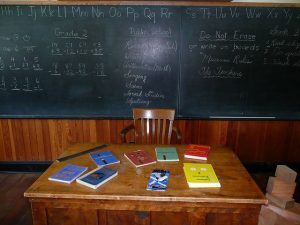
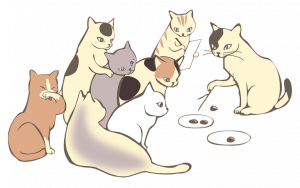 On his blog, “Working with Library Support Staff,” Johnson (2012) outlines great advice for dealing with support staff. Among his list of helpful tips I think his third point really applies to my situation, “ Value their contribution to the team and give them decision-making power.” (2012) I want to keep this quote in mind especially when dealing with my LT. It is true that I am qualified to run the library with my teaching partner but the LT has been there for a decade! My LT may have great insight into what the space could use or needs and how it runs most effectively . I think it would be wise to collaborate with both of them in planning on what the space could use and designing a plan to make it happen. I believe collaboration is so important in order to utilize the SLLC to its full potential. I also want to intentionally make the space a place where volunteers, staff and students want to come each day. As Toor and Weisburg, advised, “you have to make them want to come to work in the library. If the tasks are too dreary, you will find them skipping their scheduled time and eventually drifting away. Give people ownership of specific tasks”(2014, pg. 51). I think this quote is important and should be applied to anyone who enters the space. I want to continually think of ways to make the space inviting and inclusive for all. I want to continue to think of the library as a highly collaborative space that requires me to build strong relationships with everyone who enters. I think by collaborating and working closely with my partner and LT as well as providing them with a space they will feel valued in, will be a huge asset to the library.
On his blog, “Working with Library Support Staff,” Johnson (2012) outlines great advice for dealing with support staff. Among his list of helpful tips I think his third point really applies to my situation, “ Value their contribution to the team and give them decision-making power.” (2012) I want to keep this quote in mind especially when dealing with my LT. It is true that I am qualified to run the library with my teaching partner but the LT has been there for a decade! My LT may have great insight into what the space could use or needs and how it runs most effectively . I think it would be wise to collaborate with both of them in planning on what the space could use and designing a plan to make it happen. I believe collaboration is so important in order to utilize the SLLC to its full potential. I also want to intentionally make the space a place where volunteers, staff and students want to come each day. As Toor and Weisburg, advised, “you have to make them want to come to work in the library. If the tasks are too dreary, you will find them skipping their scheduled time and eventually drifting away. Give people ownership of specific tasks”(2014, pg. 51). I think this quote is important and should be applied to anyone who enters the space. I want to continually think of ways to make the space inviting and inclusive for all. I want to continue to think of the library as a highly collaborative space that requires me to build strong relationships with everyone who enters. I think by collaborating and working closely with my partner and LT as well as providing them with a space they will feel valued in, will be a huge asset to the library.


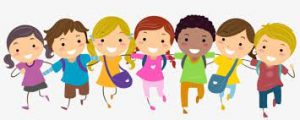
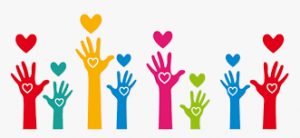

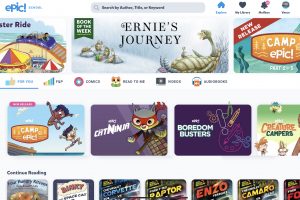
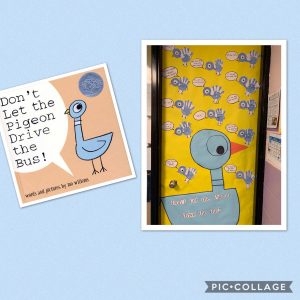 ( Photo from my grade two class)
( Photo from my grade two class) (Pride book display at my future learning commons)
(Pride book display at my future learning commons)